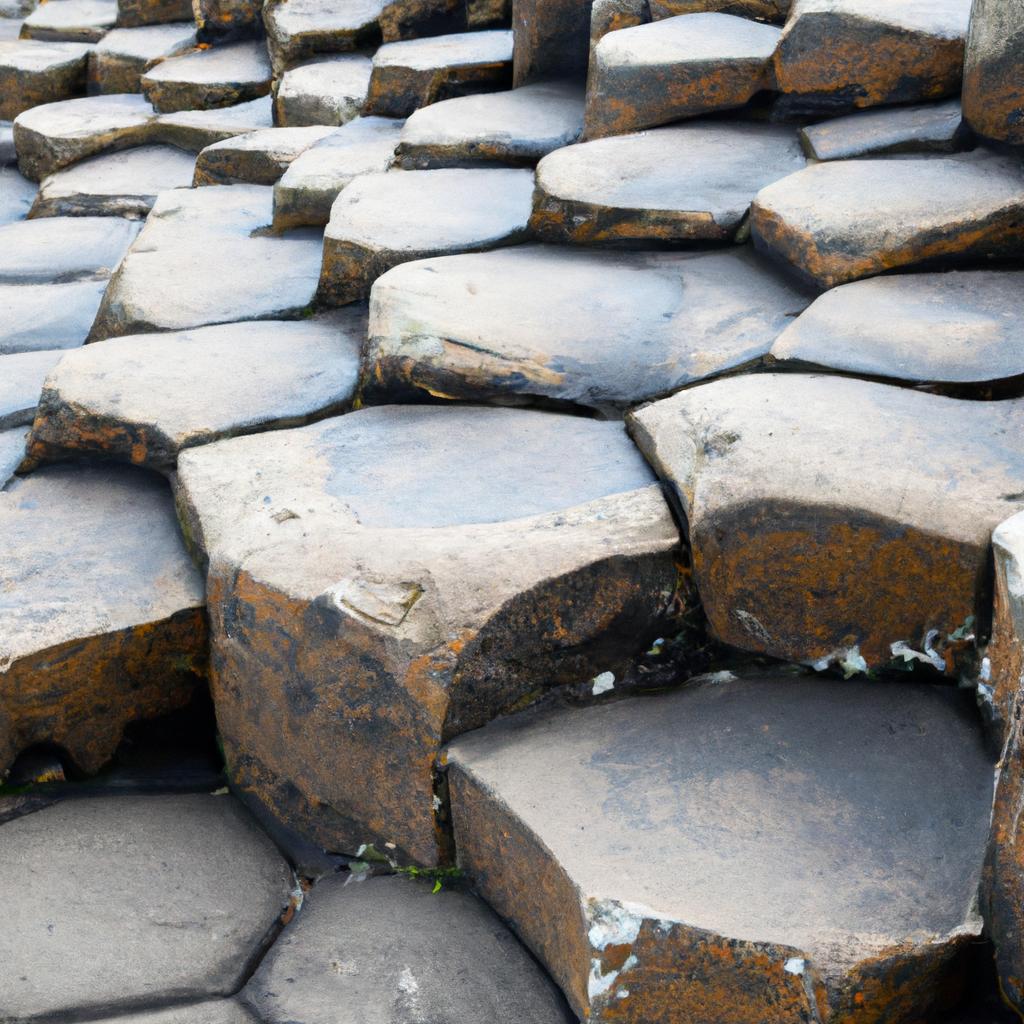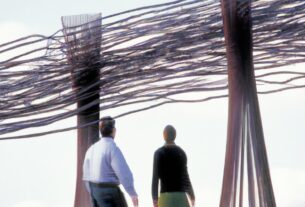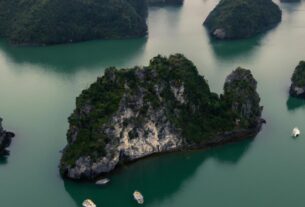Are you seeking a natural phenomenon that will leave you breathless? Look no further than the mesmerizing hexagonal rocks of Ireland. These geological wonders not only captivate the eye but also play a significant role in the local ecosystem. Join us as we delve into the geological significance of Ireland’s hexagonal rocks, including the world-famous Giant’s Causeway.
A Geological Marvel: Hexagonal Rocks in Ireland
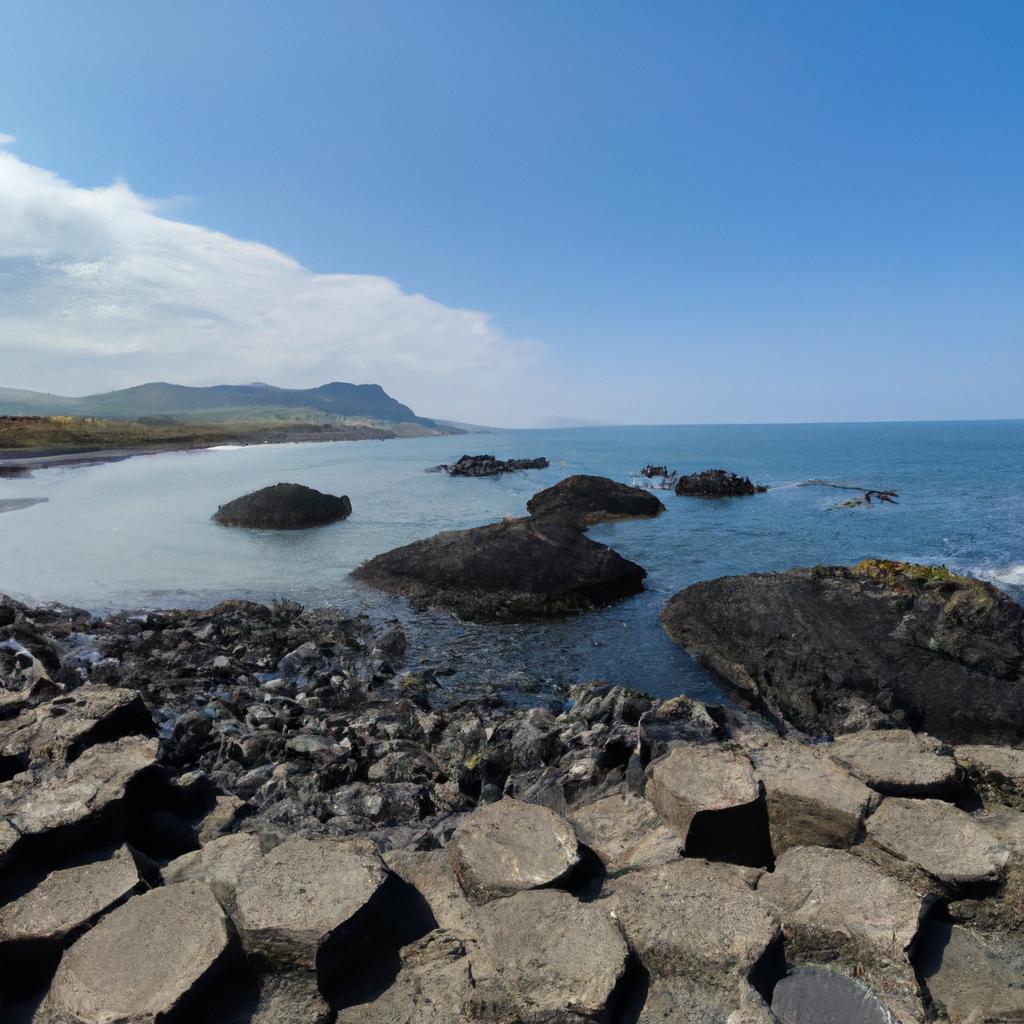
Enjoying the breathtaking view of the Irish coastline with its imposing hexagonal rocks
Have you ever wondered how these hexagonal rocks came to be? To understand their unique structure, we must explore the geology behind this awe-inspiring natural wonder.
The Formation of Hexagonal Rocks in Ireland
Basaltic lava cooling and contracting give birth to the hexagonal rocks in Ireland, resulting in their distinctive interlocking hexagonal shapes. This intricate process, known as columnar jointing, occurs when lava flows cool rapidly, causing the rock to crack and contract. Over time, these cracks enlarge, forming the distinct and captivating hexagonal shapes we see today.
Geological Factors Contributing to the Formation of Hexagonal Rocks
Several geological factors contribute to the formation of these rocks. The speed at which lava cools is one of the main factors. Rapid cooling leads to rock contraction, resulting in cracks that eventually take on the shape of hexagons. The composition of the lava also plays a role, with basaltic lava being particularly susceptible to columnar jointing.
Another contributory factor is the presence of joints and faults in the underlying rock. These existing cracks provide a natural pathway for the lava to follow, resulting in a more regular and consistent pattern of columnar jointing.
Comparing Hexagonal Rocks in Ireland to Global Formations
While hexagonal rocks can be found in various locations worldwide, the formations in Ireland hold a particular uniqueness. The Giant’s Causeway stands as one of the most renowned examples of these rocks, but there are numerous other formations scattered throughout the country, each possessing its own distinctive character and charm.
Other remarkable formations across the globe include California’s Devil’s Postpile, Scotland’s Fingal’s Cave, and Armenia’s Garni Gorge. While these formations share similarities with the ones in Ireland, each boasts its own geological history and individuality.
Unraveling the Giant’s Causeway
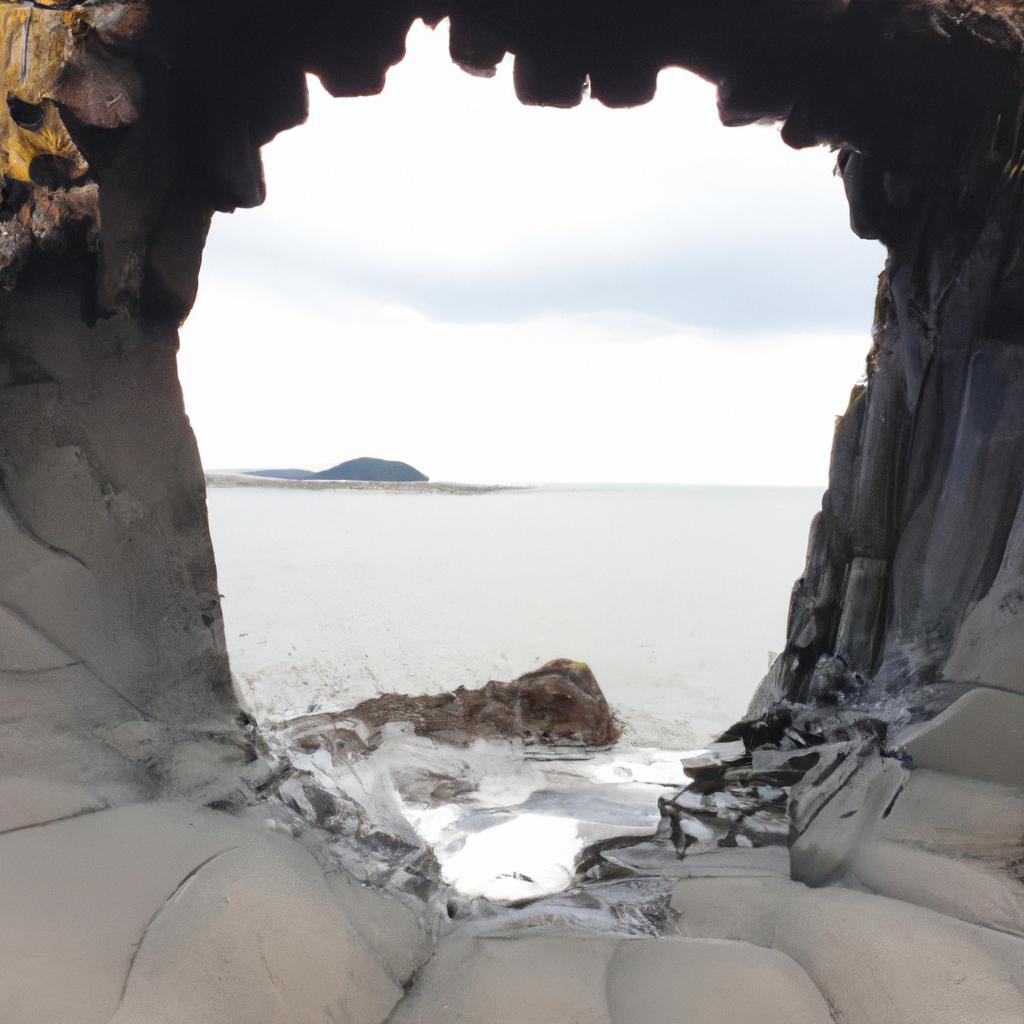
Exploring the natural archway made of hexagonal rocks on an Irish beach
If you’re planning a trip to Ireland, a visit to the Giant’s Causeway is an absolute must. This UNESCO World Heritage site, nestled on the northern coast of Ireland, boasts one of the most extraordinary geological formations on the planet.
An Unforgettable Encounter: The Giant’s Causeway
Comprised of over 40,000 interlocking hexagonal columns, the Giant’s Causeway is a testament to the cooling and contracting of basaltic lava. This breathtaking landscape showcases columns ranging in height from one to twelve meters, all dramatically situated along the coastline, offering magnificent views of the sea and surrounding cliffs.
Legends and History Enveloping the Giant’s Causeway
For centuries, the Giant’s Causeway has been shrouded in myths and legends. According to Irish mythology, this marvel was built by the giant Finn McCool. Legend has it that Finn constructed the Causeway to cross the water to Scotland, where a battle with another giant awaited him.
While the story may be mythical, some geological explanations add to the enigma. The unique formations of the Causeway have led some to believe it was created by a volcanic eruption, while others attribute its creation to the divine.
Unveiling the Charms of the Giant’s Causeway
The Giant’s Causeway is a popular tourist destination, attracting visitors from all corners of the globe. Here, you can engage in a range of activities and explore various attractions.
The visitor center provides detailed information about the Causeway’s history and geology, with interactive exhibits and a gift shop to enhance your experience. Guided tours are available for those eager to delve deeper into the history and legends surrounding this geological wonder.
If you’re an outdoor enthusiast, several breathtaking hiking trails offer stunning views of the Causeway and the picturesque coastline. Birdwatching, fishing, and rock climbing are also among the activities available.
In summary, the Giant’s Causeway is an extraordinary and captivating destination that offers something for everyone. Whether you’re fascinated by history, geology, or outdoor adventures, the Causeway promises an unforgettable experience.
Exploring Other Hexagonal Rock Formations in Ireland
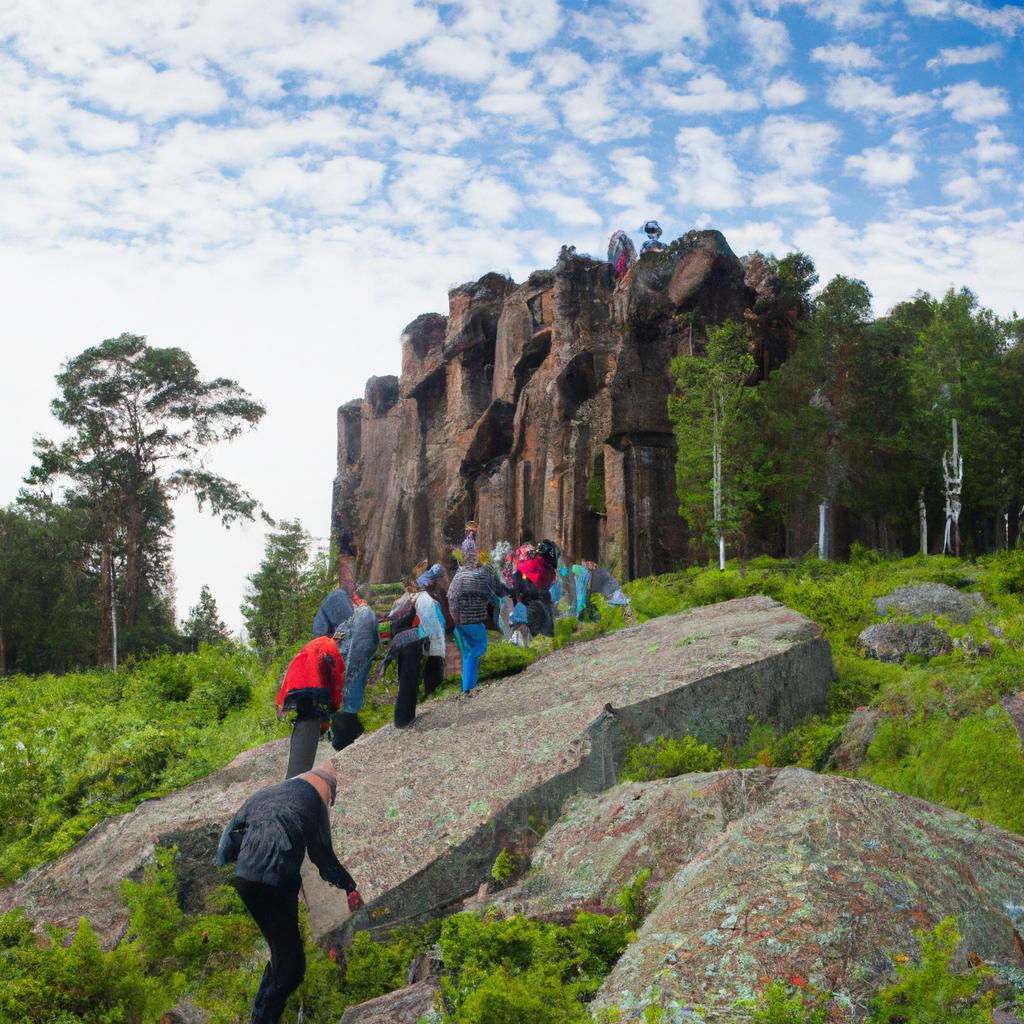
Adventurous tourists hiking on the hexagonal rocks in Ireland, taking in the stunning views
While the Giant’s Causeway is renowned worldwide for its hexagonal rock formation, it is not the sole spectacle Ireland has to offer. Here are several other notable formations that deserve your attention:
The Organ Pipes
Situated in County Antrim, the Organ Pipes consist of hexagonal basalt columns reminiscent of those found at the Giant’s Causeway. Located in a secluded cove, they provide a captivating view of the coastline.
The Camel’s Hump
Found in County Down, the Camel’s Hump is a smaller yet remarkable hexagonal rock formation, resembling the back of a camel. Its unique and distinctive appearance is a sight worth witnessing.
The Blackhead Path
Situated in County Antrim, the Blackhead Path is a delightful coastal walk that showcases a series of hexagonal basalt columns. The path treats visitors to breathtaking views of the surrounding coastline and is a favorite spot for photography enthusiasts.
The Honeycomb
Located in County Down, the Honeycomb is a small but stunning hexagonal rock formation perched on a cliff face overlooking the ocean. It provides an unparalleled view of the surrounding landscape.
While these formations may not match the Giant’s Causeway in scale or fame, they are still remarkable examples of nature’s power. Each offers a unique perspective on the beauty of Ireland’s coastline and the geological forces that have shaped it.
The Ecological Significance of Hexagonal Rocks in Ireland’s Coastal Ecosystem
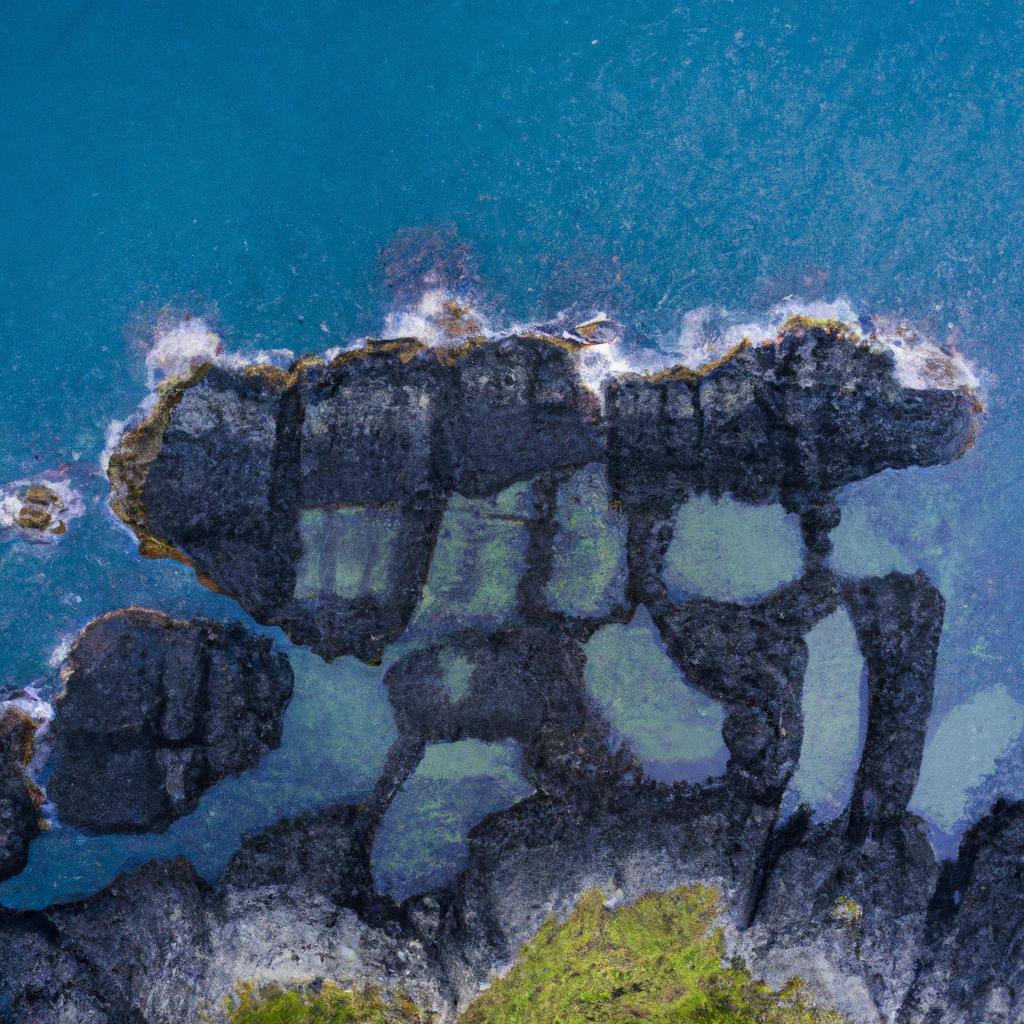
A mesmerizing bird’s eye view of the unique hexagonal rock formations on the Irish coastline
Hexagonal rock formations in Ireland are not only geological wonders but also pivotal habitats for numerous plant and animal species. They play an essential role in the coastal ecosystem, serving as a foundation for the thriving marine life in the area.
Species Inhabiting Hexagonal Rock Formations
These rock formations provide a distinctive environment that supports a diverse range of species, including seaweed, barnacles, limpets, and crabs. Seaweed, in particular, thrives on the surface of the rocks, with various species flourishing. The interlocking columns also provide shelter and protection for marine life, fostering a vibrant and diverse ecosystem.
Threats to the Ecological Significance of Hexagonal Rocks in Ireland
Despite their ecological importance, hexagonal rock formations in Ireland face several threats. Increased tourism and human activity in the area can cause damage to the rocks and the surrounding ecosystem. Climbing on the rocks, littering, and disturbing wildlife can disrupt the delicate balance of the area.
Climate change poses another significant threat to the ecological significance of these rocks. Rising sea levels and more frequent storms can result in erosion and damage to the formations, thus jeopardizing the local ecosystem.
It is crucial to protect the ecological significance of hexagonal rocks in Ireland through responsible tourism and conservation efforts. By working together, we can preserve this unique habitat and ensure that future generations can continue to appreciate its beauty and ecological importance.
Sources:
In Conclusion
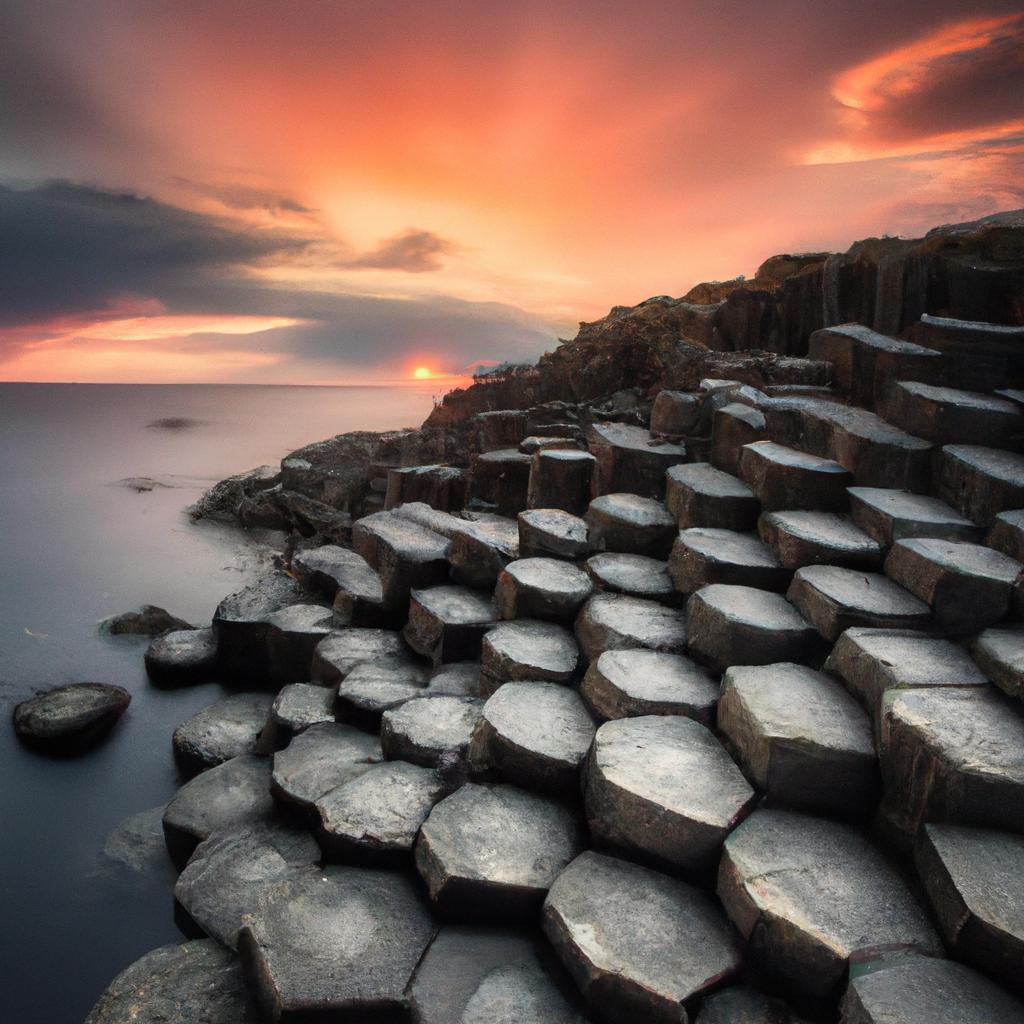
A stunning sunset behind the hexagonal rocks in Ireland, creating a breathtaking view
In summary, hexagonal rocks in Ireland are geological wonders of immense cultural and ecological significance. From the iconic Giant’s Causeway to lesser-known formations scattered throughout the country, these unique rock formations are a must-see for any visitor to Ireland.
Not only are hexagonal rocks visually striking, but they also play a vital role in the local ecosystem. Serving as habitats for various plant and animal species, these formations are integral to the beauty and biodiversity of the Irish coastline.
At TooLacks, we are passionate about exploring the natural beauty of the world, and Ireland’s hexagonal rocks are no exception. We hope this article has inspired you to include these remarkable geological wonders in your travel bucket list.
If you’re planning a trip to Ireland, be sure to visit one of these incredible natural formations. Prepare to be astounded by their beauty and marvel at the wonders of nature!
[TooLacks](https://toolack.com)
